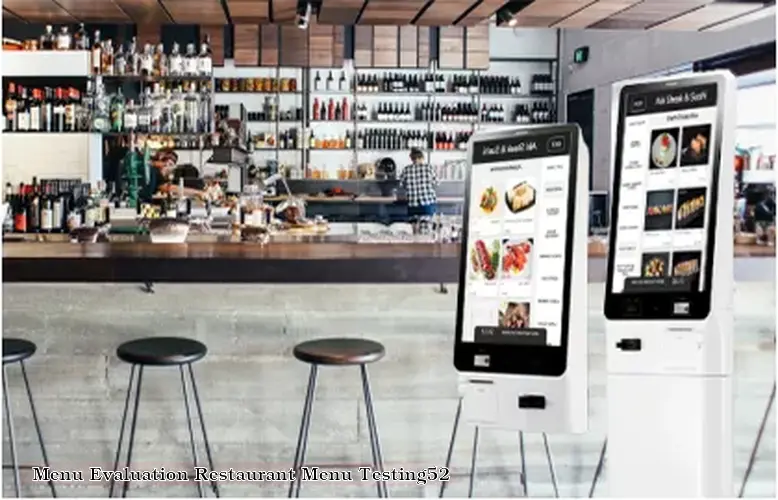

Menu evaluation is a crucial process for restaurants, as it helps them assess the quality and appeal of their menus and make necessary adjustments to enhance customer satisfaction and boost sales. Here are some key aspects of menu evaluation and testing that you may want to consider:
1. Food quality and taste: One of the most important aspects of menu evaluation is assessing the quality and taste of the food. This includes evaluating the freshness, flavor, texture, and presentation of each dish. You can conduct taste tests and gather feedback from customers, staff, and even mystery shoppers to get a well-rounded view.
2. Menu variety and options: A menu should offer a variety of options to cater to different tastes and dietary preferences. Consider whether your menu offers a good mix of appetizers, entrees, and desserts, as well as vegetarian, vegan, and gluten-free options.
3. Menu pricing: The prices on your menu should be competitive with other restaurants in your area and reflect the quality of the food and service provided. Consider whether your prices are appropriate for your target market and whether they align with the value that customers receive.
4. Menu engineering: Menu engineering involves analyzing the menu to ensure that it is designed to maximize profitability. This includes strategically placing high-profit items, using psychological pricing techniques, and ensuring that the menu is easy to navigate.
5. Menu descriptives: The language used to describe menu items can greatly impact customer temptation and purchasing decisions. Consider whether your menu descriptions are enticing and accurately convey the flavors and ingredients of each dish.
6. Menu presentation: The visual presentation of your menu can also impact customer perceptions and ordering decisions. Consider whether your menu is visually appealing, easy to read, and clear in its descriptions.
7. Customer preferences and feedback: Gathering feedback from customers is an essential part of menu evaluation. Consider conducting surveys, holding focus groups, or monitoring online reviews to understand customer preferences and areas for improvement.
8. Compliance with regulations: Menus must comply with local health and safety regulations, such as listing ingredients and nutritional information. Ensure that your menu meets these requirements to avoid legal issues and maintain customer trust.
9. Menu updating and revision: Based on the results of your menu evaluation, consider updating and revising your menu to address any areas of concern. This may involve adjusting portion sizes, reformulating recipes, or adding or removing items.
10. Ongoing evaluation and improvement: Menu evaluation should be an ongoing process, as customer preferences and market trends constantly evolve. Schedule regular menu evaluations to ensure that your menu remains relevant and appealing to your target market.
In summary, menu evaluation and testing are crucial for restaurants to ensure that their menus are appealing, profitable, and meet customer expectations. By examining food quality, variety, pricing, engineering, descriptives, presentation, customer preferences, and regulations, and continuously updating and revising menus, restaurants can maintain a strong reputation and stay competitive in the industry.
DISCLAIMER: This information is provided for general informational purposes only, and publication does not constitute an endorsement. Kwick365 does not warrant the accuracy or completeness of any information, text, graphics, links, or other items contained within this content. Kwick365 does not guarantee you will achieve any specific results if you follow any advice herein. It may be advisable for you to consult with a professional such as a lawyer, accountant, or business advisor for advice specific to your situation.
today
Copyright © 2025 Kwick365.com
Designed by KwickPOS is the best restaurant POS